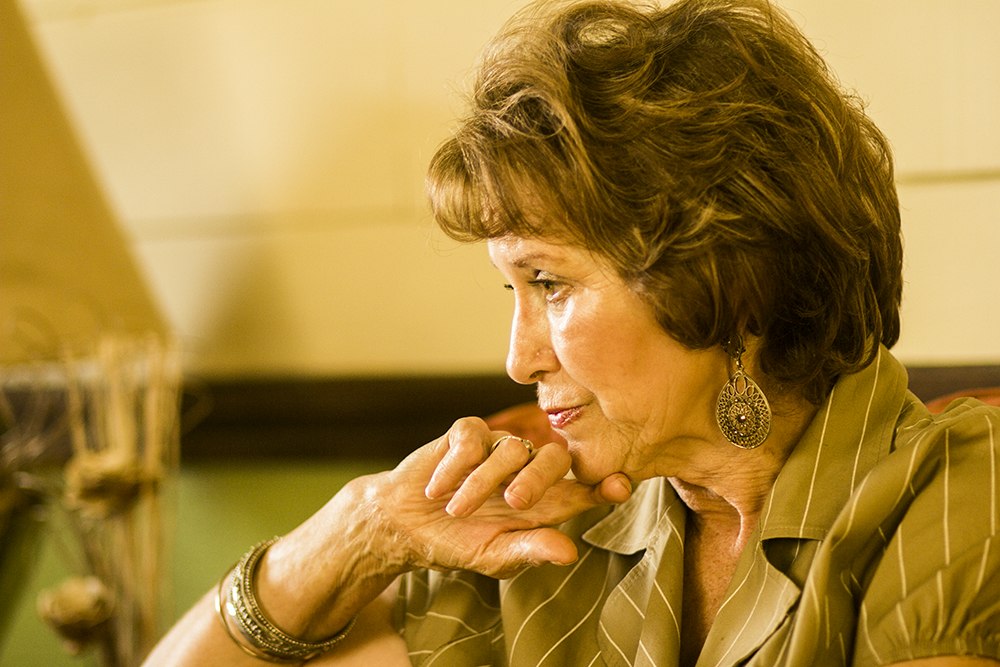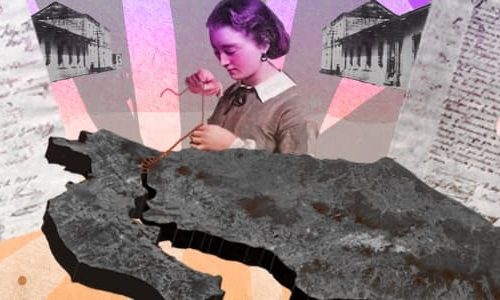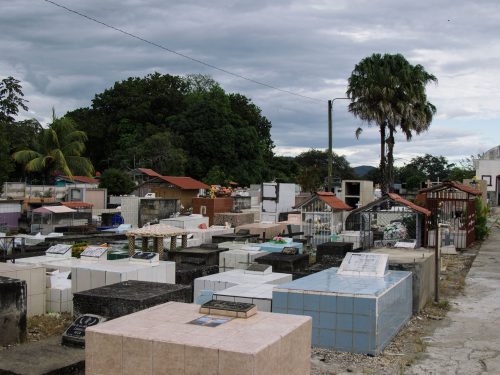
When Joy Stoviak Flores came to Nicoya in 1963 as part of the very first Peace Corps group to arrive in Costa Rica, she thought she would be here for two years to have an interesting experience.
“You just never know where life will take you,” the elegantly dressed woman remarked, now at age 72, sitting in the impeccably decorated living room of her home in Barrio El Carmen and reflecting on the 50 years she has called Nicoya home.
In January of this year, Joy was invited to a reception in the U.S. Embassy in San Jose to celebrate 50 years of Peace Corps in Costa Rica. Of the 24 volunteers who arrived in Costa Rica on January 23, 1963, seven attended the reception, and only two of them currently live in Costa Rica: Joy in Nicoya and John Helwig in Escazu.
When U.S. President Barack Obama visited Costa Rica in May, Joy was pleased to hear that he announced that he wants another Peace Corps program here similar to the first program in which she participated, which had the mission of teaching English to help students progress.
Ironically, when Joy joined the Peace Corps, she had no training or experience as a teacher, but she received training in teaching methodology from the Peace Corps and ended up making it a lifelong career, teaching at the high school in Nicoya and at the University of Costa Rica in Santa Cruz and Liberia after finishing her time with the Peace Corps.
In 1961, U.S. President John F. Kennedy signed the order to create the Peace Corps and volunteer recruitment began on university campuses. Joy grew up in Connecticut and graduated from Colorado College in 1962, where she studied Spanish. A friend of hers helped her get a job in a Peace Corps office and the two began talking about participating in the Costa Rican program. In the end, her friend didn’t come, but Joy did.
After two months of training at the University of Kansas, where the volunteers were given insight into Costa Rica’s history, economy and government, they were sent to Puerto Rico for three weeks of physical training. Joy was exempted from some of the physical tasks since her hands were burned when she was three years old and accidentally fell into the hot embers where a neighbor had been burning brush. Despite this though, she managed to repel from a dam and survive for a few nights in the rainforest with a compass and some food provisions along with a couple of other girls.
When they arrived in San Jose, the volunteers received two weeks of orientation and then were assigned in pairs to various towns. Joy and her partner, Marjorie “Midge” Hersh, were assigned to Nicoya. “If you can’t take it, let me know,” the program director told her, warning her that conditions in Nicoya were rough and she could be reassigned to somewhere easier.
At the time Nicoya was much smaller, there were no paved roads and there was only electricity from 5 to 10 p.m. The lights would blink 10 minutes before 10 to warn people to get home and prepare for darkness. Joy and her partner roomed with a family, and Joy made friends with a girl across the street, the sister of her future husband, Israel Flores Cardenas. “It was not love at first sight,” she related.
During her two years with their Peace Corps in Nicoya, Joy and Midge focused mainly on high school students, helped the Ministry of Education update the English program and gave lessons to teachers on how to teach English. Joy also contributed to community development, for example, accompanying the doctor to explain the cleanliness involved in breastfeeding.
She felt accepted by the students, the teachers and everyone in town, and when her two years came to an end, she went to Washington D.C. to finish out the program but quickly returned to Costa Rica. She married in 1965 and has lived in the same wooden house ever since. Here, she gave birth to two sons and a daughter, and now has four grandchildren. She retired from public schools in 1992 and continued teaching in private universities until 2008.
Now, aside from helping out as a courtroom translator, she spends time with her family and a group of Tica friends her age that get together monthly and celebrate their birthdays. She enjoys reading, cooking and baking, noting that if she won the lottery, she would like to have a big kitchen. She is also making plans to attend a Stoviak family reunion and her 55-year high school reunion in the United States.
She said she has no regrets, knowing that through teaching she touched the lives of so many people, some of whom come up to her and let her know that what they learned from her has helped them in work and in life. “It’s nice to know that something you did was good,” she summed up.







Comments